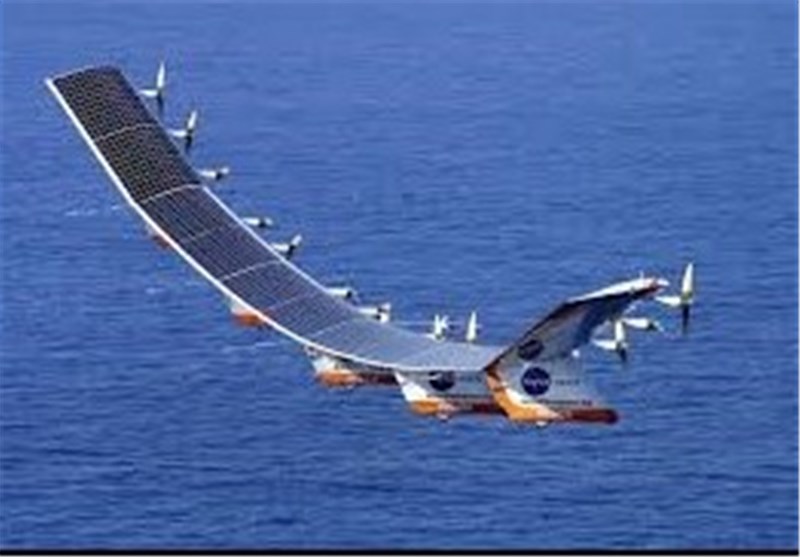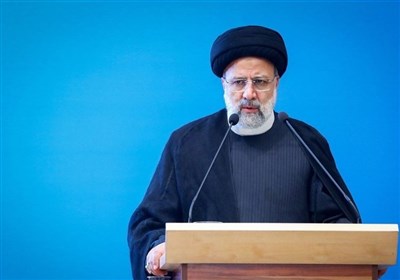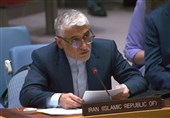Scientists Get Closer to Harnessing Solar Energy When Sun Doesn’t Shine
TEHRAN (Tasnim) – Plants are solar-powered systems; they use photosynthesis to convert sunlight into fuel for their cells. Researchers copied from plants to create a breakthrough solar cell that can save solar energy for more widespread use far easier, less costly.
Led by Tom Meyer, a University of North Carolina chemistry professor, researchers at UNC’s Energy Frontier Research Center devised a “dye-sensitized photoelectrosynthesis cell” (DSPEC) that receives incoming solar energy from solar panels and uses it to split a stored volume of water into its composites hydrogen and oxygen.
The reaction has, as its end product, hydrogen fuel that any system attached to the solar array can draw from as needed, the Science Recorder reported.
Each DSPEC has two chief components: a molecule and a nanoparticle. The process starts when the molecule absorbs the incoming sunlight and uses its energy to break down the water molecules and tear their electrons away. The nanoparticles then grab the electrons and ferry them away to make hydrogen fuel.
The oxygen dissipates into the air, while the hydrogen fuel stays in place. The solar energy that had initiated the water dissolution at the beginning is at this point stored within the hydrogen fuel’s atoms as chemical bonds.
These DSPEC cells, by storing solar energy in fuel form, solve one of solar arrays’ most fundamental problems: what to do when the sun isn’t shining. A good solar panel can channel substantial amounts of energy from sunlight when there is sunlight to be had, but it becomes useless once night falls or when it is cloudy as it has nothing to hold energy for use in non-sunny hours. A scaled-up DSPEC array, on the other hand, could theoretically generate ample volumes of fuel that will be around for use as needed once nightfall or cloud cover arrives.

The solar fuel breakthrough is timely, given the growing optimism that many leading energy agencies have been expressing regarding renewable energy in general, including solar energy.
The International Energy Agency is one of them, having forecasted last year that renewable energy could deliver 25% of the world’s needed energy by 2018. A storage technology like the DSPEC could make it all the more feasible that this forecast might come true.
Meyer has even more potential applications in mind for the DSPEC technology, by the way. He would also like to adapt the approach to capture and break down carbon dioxide into carbon-based fuels, thereby creating clean energy and reversing human greenhouse-gas emissions at the same time.





